Dr Praveen Gupta, Principal Director & Chief of Neurology, Fortis Hospital
HMP virus can travel to the brain, or it can trigger our immunity, which can cause inflammation in the brain, what is known as immune-mediated encephalitis. The inflammation of the brain leads to symptoms like fever, vomiting, decreased consciousness, seizures, and weakness in the body, or paralysis. This can be a very serious disorder which is caused by an attack of abnormal immunity triggered by the virus on the brain cells. This can be diagnosed by doing an MRI of the brain. Sometimes, we need an EEG, and we can do a brain fluid examination called a CSF examination to evaluate the amount of inflammation in the brain. We need to treat it with medicines to reduce brain pressure, treat fever, treat seizures, and immunomodulatory medicines which normalize the body's immune reactions, to prevent and heal the injury to the brain, which can help people to get better.
Dr. Gopi Chand Khilnani, Dr. G C Khilnani Chairman, PSRI Institute of Pulmonary, Critical care and Sleep Medicine
HMP virus, what is called metapneumovirus, is an RNA virus, which was detected in 2001 in the Netherlands. It's not that it was not existing before that, but it was first reported from the Netherlands. And this virus is similar to another respiratory virus called respiratory syncytial virus. Basically, it is an RNA virus. And as we know that RNA viruses are notorious for mutations, so it is expected that this virus can also change mutants, and with that, the behavior of the virus in terms of virulence and transmissibility will also change. Now, it usually affects young children, mainly less than five years of age, and more so less than two years. And also it can cause serious pneumonia in elderly people and those who are immunosuppressed.
The symptoms are the same as for any usual viral illness like flu or during COVID. For that matter, the patient has sore throat, running nose, headache, fever, cough. When it turns into pneumonia, then patients have chest pain and breathlessness and cough increases. Usually, it's a trigger illness, but can become serious and cause mortality also, especially in those who are elderly and someone who are immunocompromised, maybe because of cancers or cancer treatment or uncontrolled diabetes or lung or heart disease. One of the typical ways of presentation of this viral infection causes what is called as exacerbation of asthma and bronchitis, or we call it COPD. This virus is transmitted by droplet infection like COVID, the person coming in contact with the patient can get it by droplet infection or by close touch, and also the fomites, that is non-living objects such as random, stable chairs and all, through that. Also, it can be transmitted. This virus is generally not very serious, but it can take a dangerous turn if there is a mutation.
The information coming from China, which is uncontrolled and not authenticated, is that there has been an increase in the death rate, hospital admission, ICU admission. We are seeing it, kind of, we used to see during COVID. This metapneumovirus generally occurs more in winter. If you talk about the United States, it starts in the spring, starts in the month of, say, August, September, and throughout the winter until the time March. So therefore one can be reasonable to believe that this virus was always there, only thing that has been detected because of the virus, the diagnosis is typically by RT-PCR, it may be single-virus RT-PCR, even multiplex PCRs are available unless the PCR is dedicated to the metapneumovirus, we do not need to pick it up. So therefore, facilities have to be developed for diagnosis of this virus.
Dr. Gaurav Jain - Senior Consultant Neonatology & Pediatrics, Aakash Healthcare, New Delhi
Human metapneumovirus (hMPV) is a respiratory virus that primarily affects the upper respiratory tract, though it can occasionally progress to more severe conditions like pneumonia. It poses a significant risk for individuals with pre-existing lung conditions, such as asthma or COPD, as it can trigger flare-ups or worsen their symptoms. Typical signs of infection include a runny nose, cold-like symptoms, cough, sore throat, fever, shortness of breath, wheezing, and sometimes a rash. While hMPV often resembles the common cold, it can cause more serious illness in vulnerable groups, such as young children and the elderly.
hMPV has been in circulation for many years and is considered a common respiratory pathogen, particularly prevalent during the colder months. It accounts for approximately 10-12% of respiratory illnesses in children, with about 5% of those cases progressing to pneumonia. Unlike respiratory syncytial virus (RSV), which has been a major concern in places like China, hMPV is an RNA virus that spreads through respiratory droplets or aerosols, similar to COVID-19 or other viruses that cause respiratory infections. It can also spread by touching surfaces that have been contaminated with the virus, such as doorknobs, phones, and keyboards.
The most common complications associated with hMPV are pneumonia and exacerbations of asthma or COPD. Some individuals may also develop ear pain or ear infections. Diagnosis of hMPV is typically confirmed by taking a sample from the nose or throat and performing an RT-PCR test. If pneumonia is suspected, additional testing, such as a chest X-ray, may be required.
In most cases, the illness lasts from a few days to a week. However, for some individuals, especially those with more severe cases, the symptoms may persist longer. If caring for someone at home, encourage them to stay hydrated and use paracetamol to manage fever. It is important not to give antibiotics or over-the-counter medications without consulting a healthcare professional. Seek medical attention if the symptoms worsen, if the fever does not break, or if there is a production of yellow or green sputum, which could indicate a bacterial infection.
Dr. Neetu Jain - Senior Consultant Pulmonology, PSRI Hospital, New Delhi
Human metapneumovirus (hMPV) is a virus that causes respiratory symptoms, typically affecting the upper respiratory tract, but it can sometimes lead to pneumonia. It is particularly problematic for individuals with asthma or COPD, as it can trigger flare-ups of these conditions. Common symptoms include a runny nose, cold-like symptoms, cough, shortness of breath, sore throat, wheezing, fever, and, in some cases, a rash. While it is similar to the common cold, some people, especially young children and older adults, can develop more serious illnesses.
This virus has been around for a long time and is not new. It is a common respiratory virus that becomes more prevalent during the winter months. Human metapneumovirus accounts for approximately 10-12% of respiratory illnesses in children, and about 5% of those children may develop pneumonia. It is important to note that hMPV is different from RSV (respiratory syncytial virus), which has been prevalent in China recently. hMPV is an RNA virus that spreads similarly to COVID-19 or other respiratory viruses. Transmission occurs through droplets or aerosols when coughing or sneezing, as well as by touching contaminated surfaces such as phones, door handles, or keyboards.
The main complications of hMPV infection include pneumonia and flare-ups of asthma and COPD. Some individuals may also experience ear pain or ear infections. The virus is diagnosed by taking a sample from the nose or throat and performing an RT-PCR test. If pneumonia is suspected, a chest X-ray may be needed for further diagnosis.
There is no specific antiviral treatment for human metapneumovirus. Treatment is primarily supportive, such as administering oxygen if necessary. Antibiotics are not effective for treating hMPV and should be avoided, as they are only useful for bacterial infections, not viral ones.
To reduce your exposure to hMPV, practice good hygiene by washing your hands with soap and water or using alcohol-based hand sanitizers. Cover your nose and mouth when coughing or sneezing, and consider wearing a mask. Avoid close contact with individuals who are sick or showing cold-like symptoms, and refrain from touching your face, especially your nose and mouth. Be cautious about touching
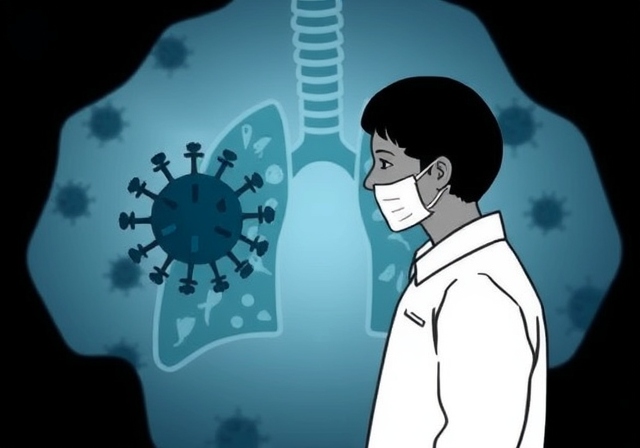
 Seek medical attention if the symptoms worsen, if the fever does not break, or if there is a production of yellow or green sputum, which could indicate a bacterial infection.
Seek medical attention if the symptoms worsen, if the fever does not break, or if there is a production of yellow or green sputum, which could indicate a bacterial infection.




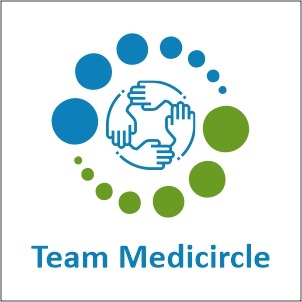





.jpeg)

.jpeg)
.jpeg)

.jpeg)

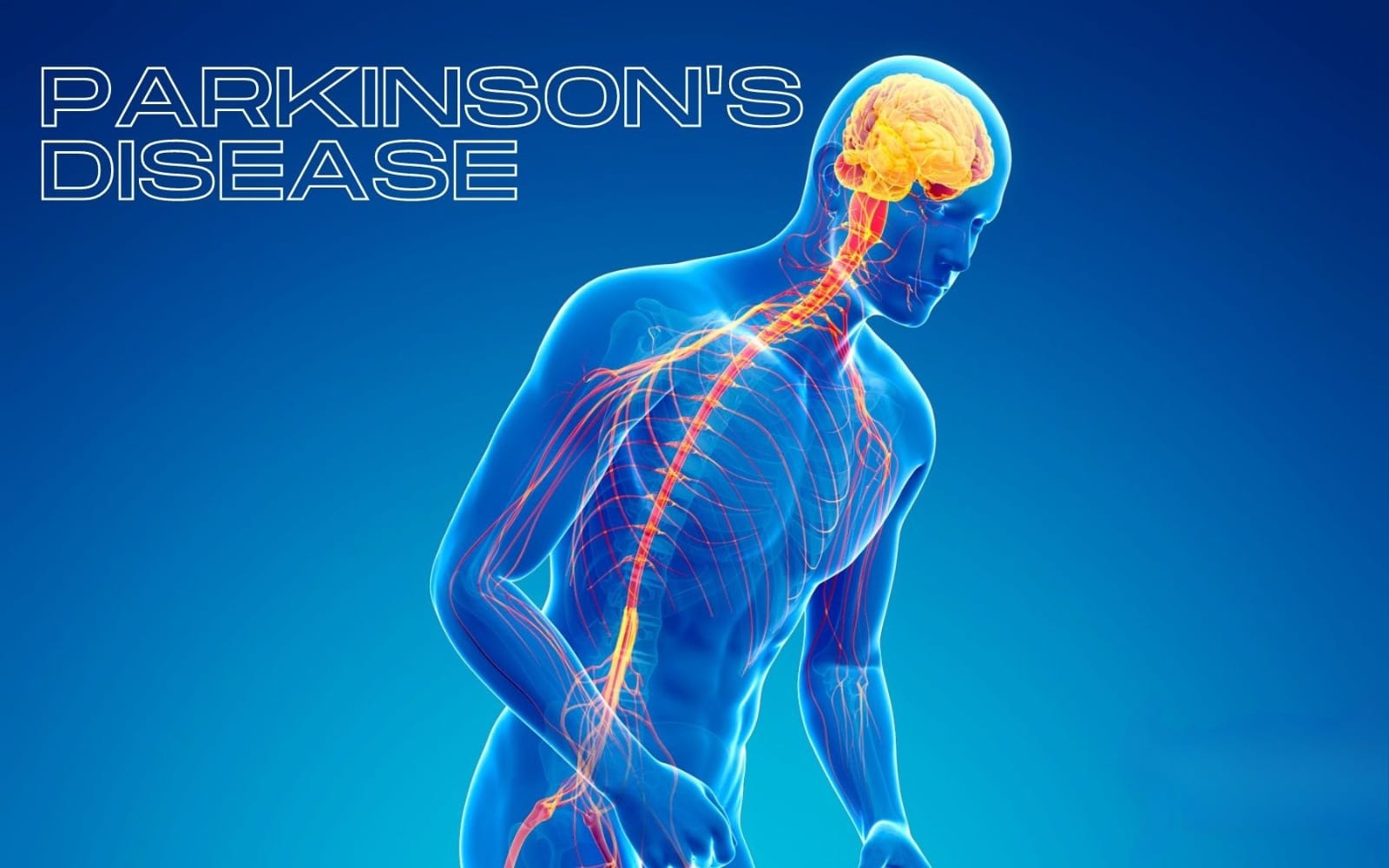
.jpeg)
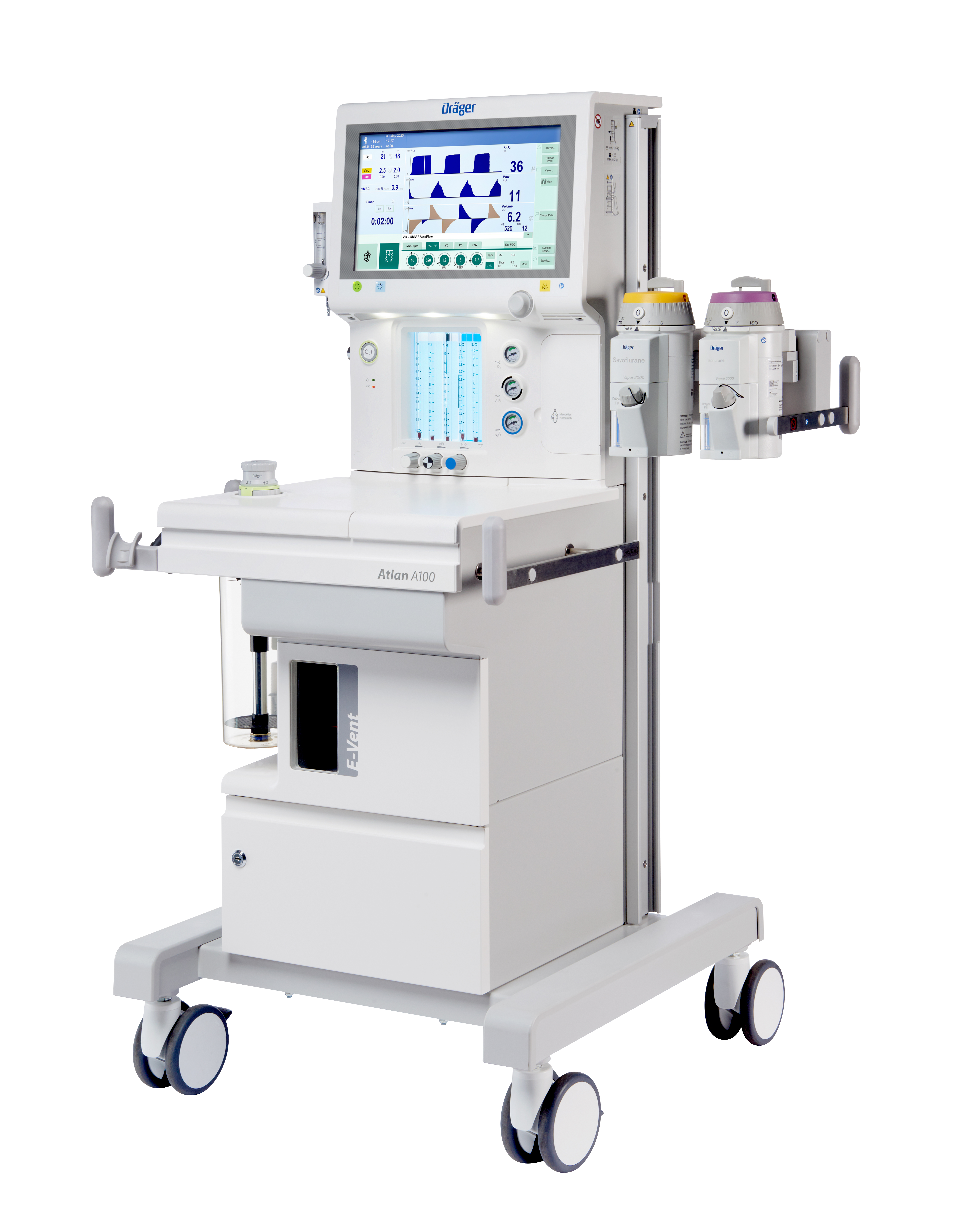

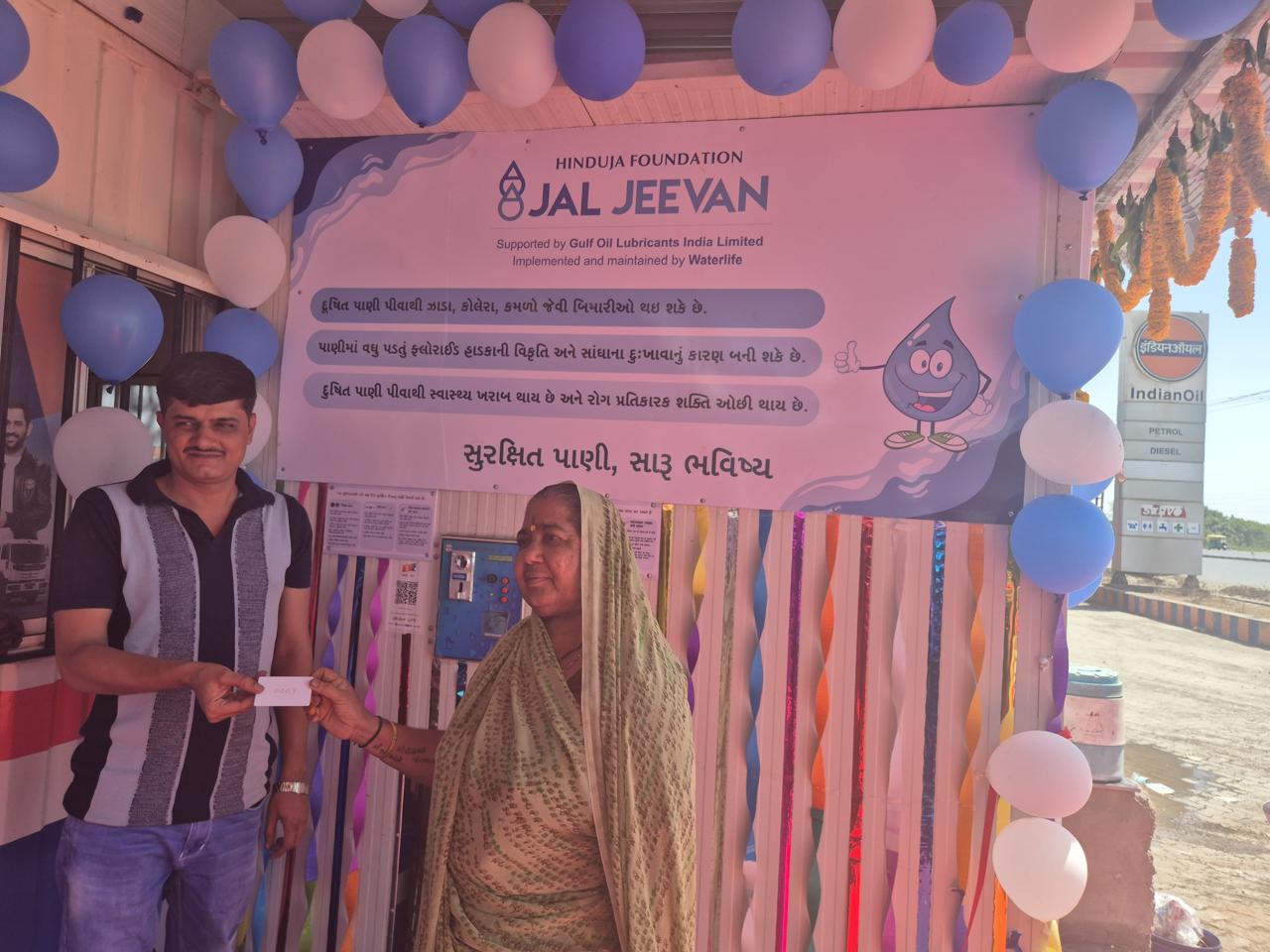
.jpeg)
.jpeg)
.jpeg)
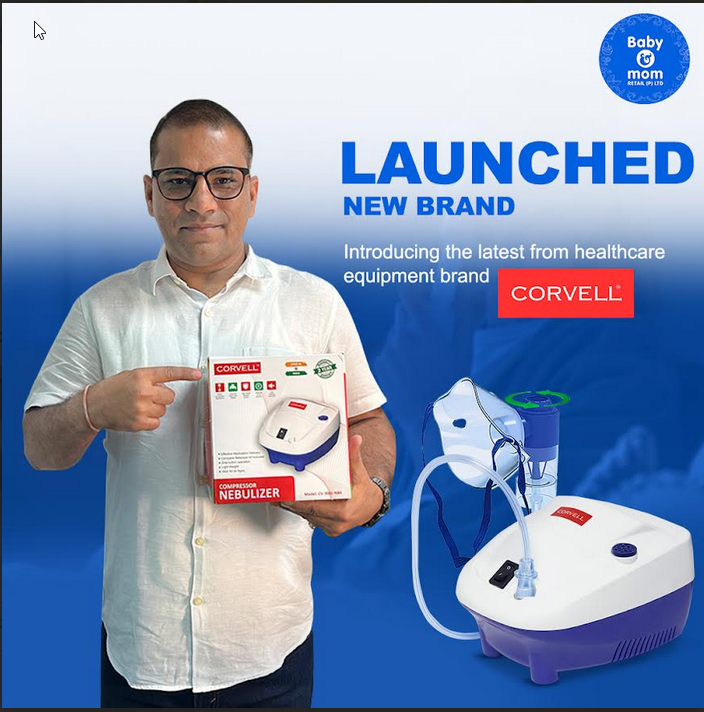

.jpg)


.jpeg)
.jpeg)